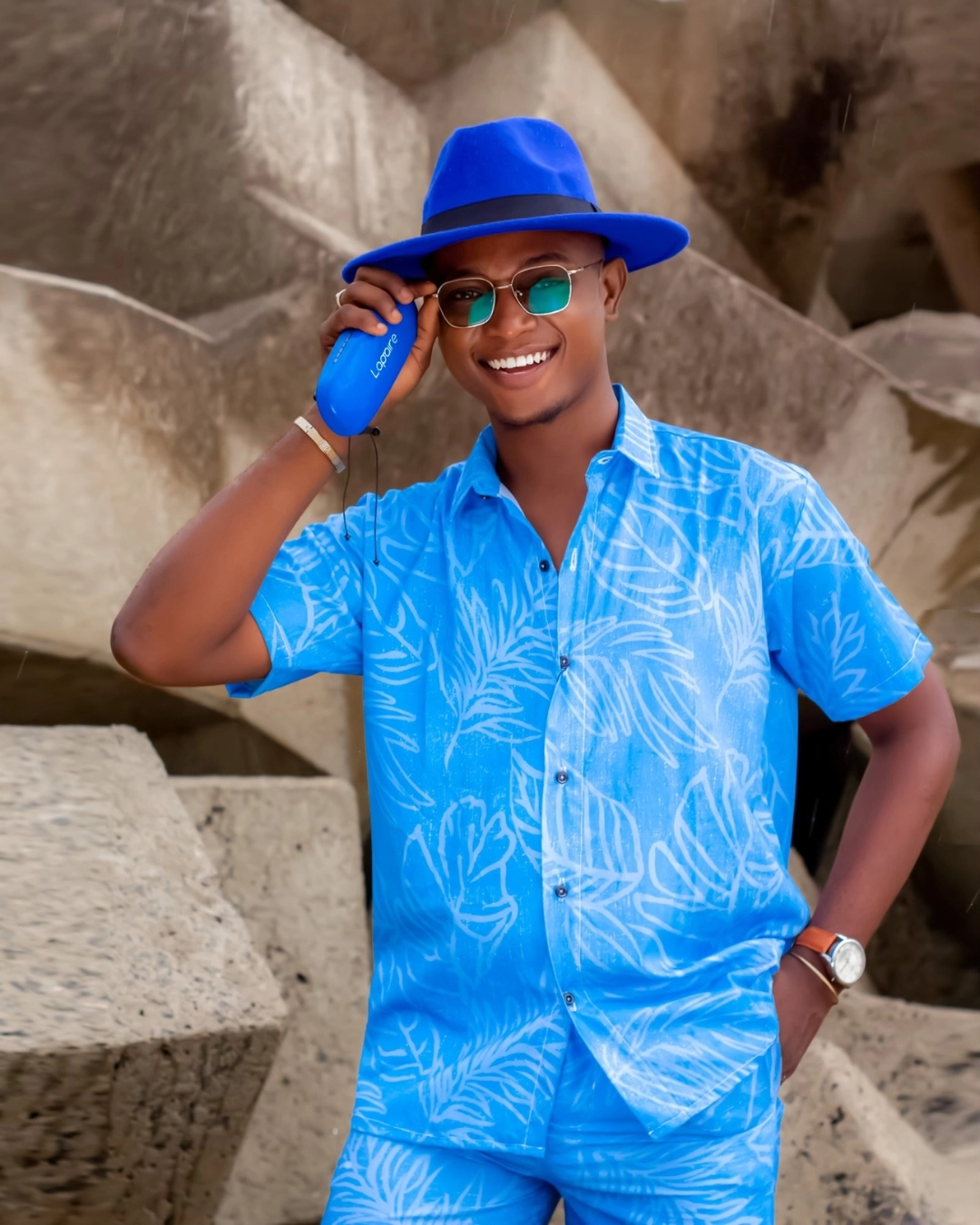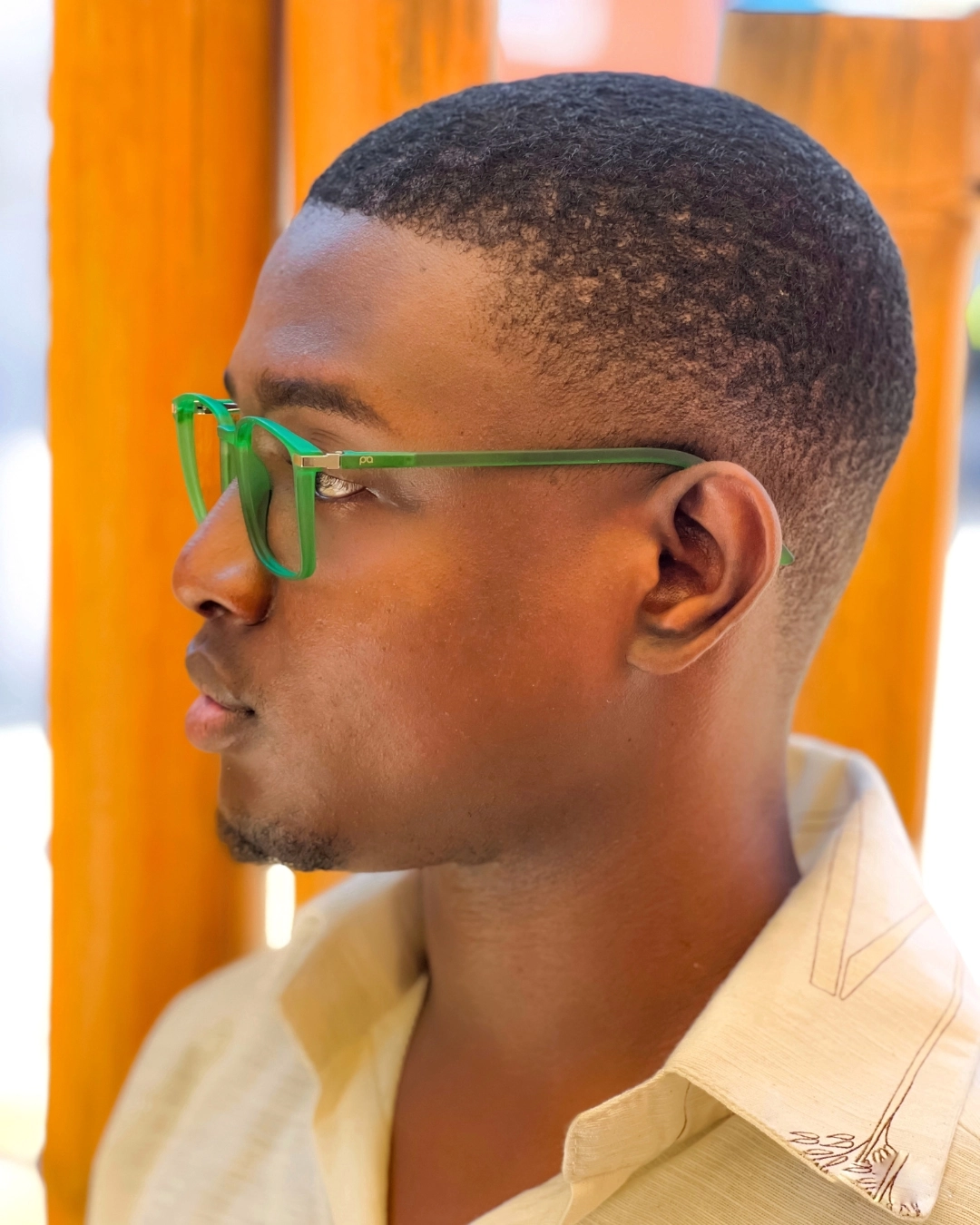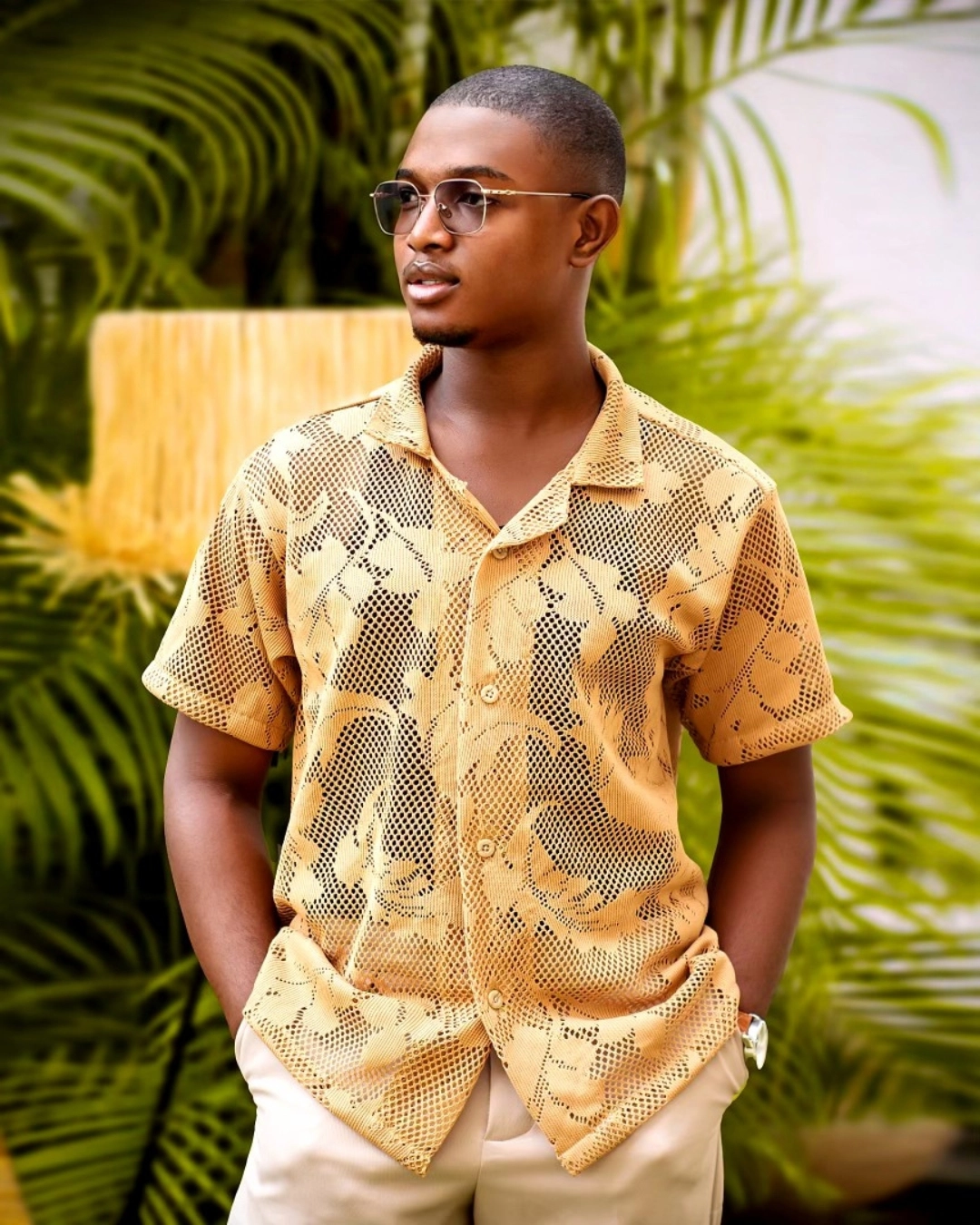Lapaire,towards the creation of the first pan-African eyewear brand
Lapaire aspires to become the leading pan-African eyewear brand, with the ambition of becoming the Ray-Ban of Africa. The founder, Jérome Lapaire, wants to respond to a crucial need: improving access to eye care in Africa. The WHO’s alarming statistics on the lack of eyewear in Africa inspired this initiative.
The idea for Lapaire was born out of a desire to provide a solution to sight problems in Africa. Jérome Lapaire, a lawyer by training and experienced entrepreneur, embarked on this project in 2018. With no experience in optics, he learned about the specificities of the sector in Africa and decided to take the plunge. He followed the advice of those around him and decided to use his family name for the brand. Hazard or destiny, Jérôme Lapaire decides to create an eyewear brand.
Expansion strategy for a pan-African eyewear brand
Today, Lapaire operates in several African countries, with 85 boutiques in Côte d’Ivoire, Burkina Faso, Benin, Uganda and Togo. The company employs 400 people, with an optician and visagist in each boutique to help customers choose the perfect frame. The brand uses social networks to promote itself. It benefits from excellent word-of-mouth and recommendations to support its development.
The eyewear collections are purchased from suppliers in India, Vietnam, Tunisia, China and Dubai, who offer competitive prices. Before placing orders, the brand publishes photos of the models on social networks to identify potential best-sellers based on community feedback.
Each store offers between 150 and 200 frames, with shapes and colors adapted to local tastes. The collections vary from country to country. Customers benefit from a free eye test. Eyewear prices range from FCFA 19,000, FCFA 29,000 and FCFA 59,000, with occasional promotions at FCFA 14,000.
The eyewear market in Africa
Lapaire’s customers fall into two categories: those looking for both a fashion accessory and vision correction, and those looking primarily for vision correction. The majority of customers are uninsured and purchase their first pair of eyeglasses from Lapaire, which is positioned in the mid-range.
The optical market in Africa is dominated by two types of players:
- Historic leaders such as Optic 2000 and Afflelou, who offer models at high prices ranging from FCFA 80,000 to FCFA 300,000. They are aimed at an insured clientele.
- NGOs that subsidize or offer eyeglasses to low-income populations.
Lapaire has positioned itself between these two segments, aiming to become the mid-range leader.
Ambition for development in Africa
Lapaire continues to develop with the ambition of becoming the African Ray-Ban. Future projects include sponsoring Fashion Weeks in Africa. Indeed, partnerships in the fashion sector could help boost brand awareness.
Lapaire doesn’t just sell glasses. The brand is working to improve visual health in Africa with a range of affordable, stylish eyewear. With a well-defined strategy, Lapaire is well on its way to becoming a major player in the African eyewear market.
Read also




